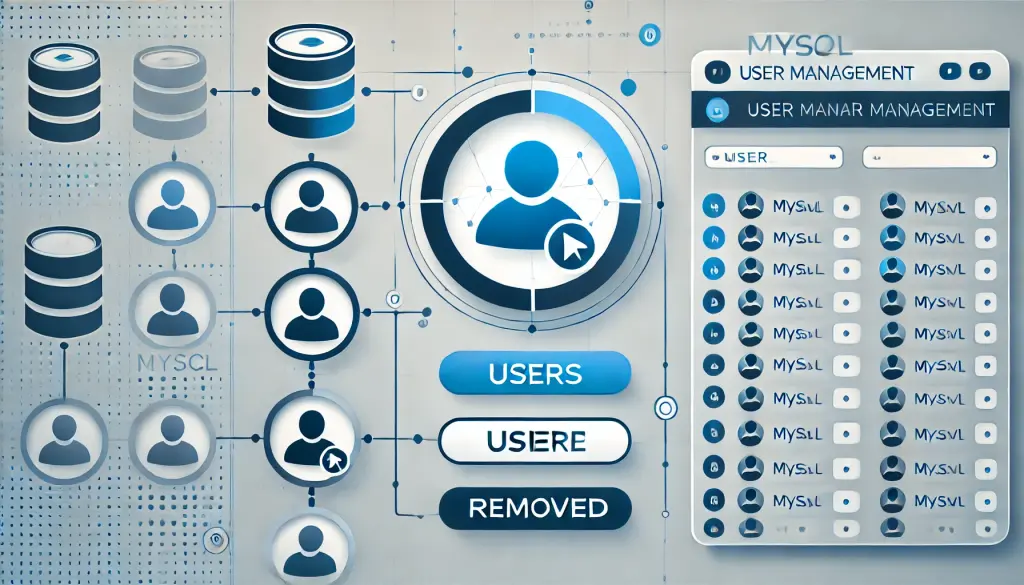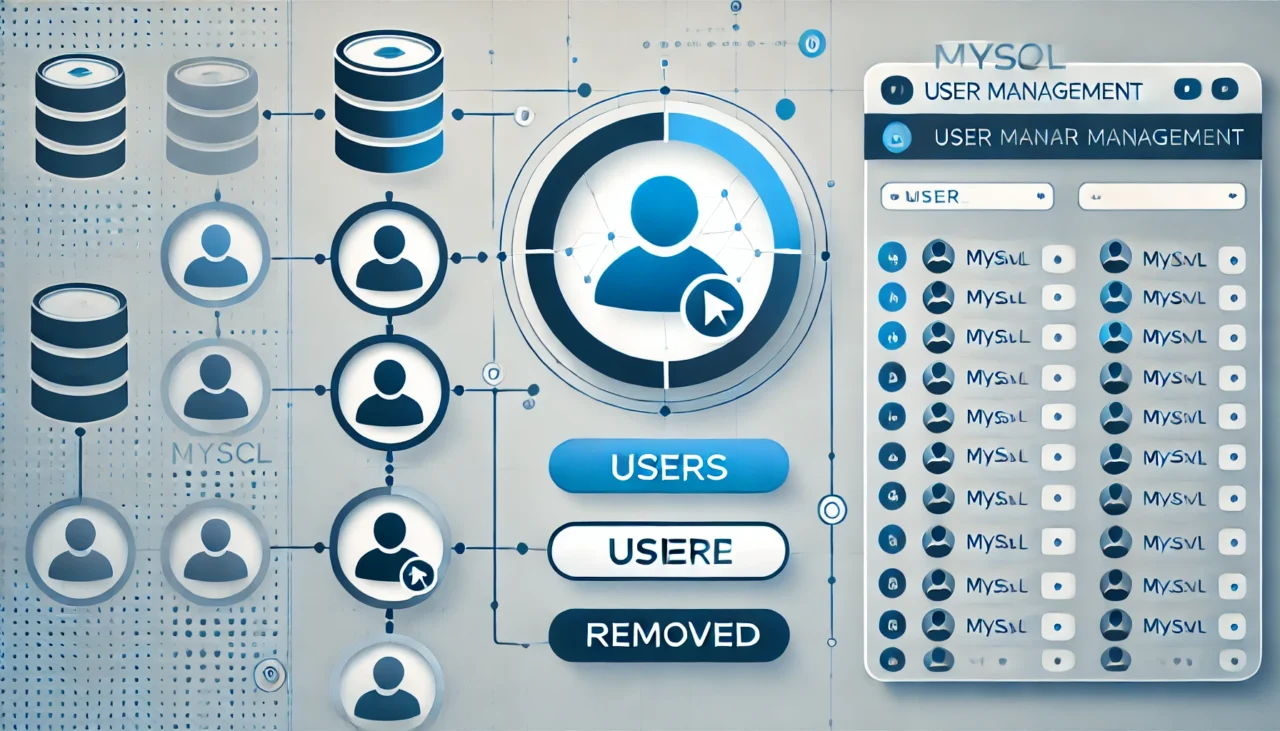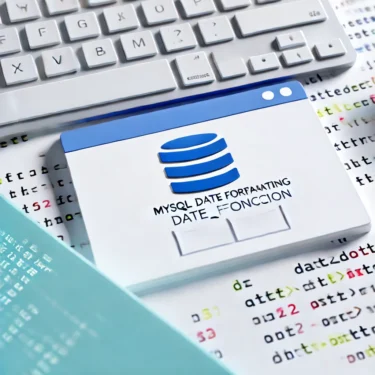1. Introduction
MySQL is one of the most widely used database management systems among developers, but sometimes it becomes necessary to remove users that are no longer needed. In this article, we’ll walk you through step-by-step methods for deleting users in MySQL, explain the key precautions, and show you the exact commands you’ll use.
2. Basic Knowledge of User Deletion
To remove an unnecessary user in MySQL, you use the DROP USER statement. This command permanently deletes a specific user account from the database.
Syntax of the DROP USER Command
DROP USER 'username'@'hostname';username: The MySQL username you want to deletehostname: The host from which the user connects. Typically, you’ll specifylocalhost.
For example, if a user named user1 connects from localhost, you would run the following:
DROP USER 'user1'@'localhost';This basic syntax lets you completely remove unwanted users from the database.

3. Steps to Delete a User
When deleting a user in MySQL, follow these steps in order. Below, we’ll cover the full process from checking users to removing them.
3.1 Check Existing Users
Before deleting, review the current user list. Run the following SQL command to display all MySQL users and their hosts:
SELECT user, host FROM mysql.user;This allows you to confirm which account needs to be deleted. Since multiple users can share the same username, always check the host information as well.
3.2 Delete a User
Once you’ve confirmed the target user, run the DROP USER statement. For example, if user1 connects from localhost:
DROP USER 'user1'@'localhost';You can also delete a user without specifying a host. In that case, all host entries for that username will be removed:
DROP USER 'user1';This command removes the user user1 from all hosts.
3.3 Delete Multiple Users
To delete multiple users at once, separate them with commas:
DROP USER 'user1'@'localhost', 'user2'@'localhost';This lets you remove several users in a single command.
4. Important Notes When Deleting Users
There are a few critical points to keep in mind before deleting users.
4.1 Back Up Before Deletion
If you accidentally delete the wrong account, access rights may be lost and applications could fail. Always back up the database before deleting any users.
4.2 What to Do If Deletion Fails
If a user is currently logged in, the DROP USER statement may fail. In that case, you need to terminate the active session or wait until the user logs out.
SHOW PROCESSLIST;
KILL [process_id];With these commands, you can forcibly end a specific process.

5. How to Verify Deletion
After deleting a user, always confirm whether the deletion was successful. Run the following command again to review the user list:
SELECT user, host FROM mysql.user;You should no longer see the deleted user in the list.
6. Troubleshooting
If deletion doesn’t work, several factors may be at play. Consider the following:
6.1 Insufficient Privileges
Deleting users in MySQL requires administrator (root) privileges. If you don’t have the right permissions, log in again with a privileged account and try the deletion.
6.2 User Still Logged In
As mentioned earlier, if the user is logged in, deletion may fail. In such cases, terminate their process or wait until they log out.
7. Conclusion
Deleting unnecessary users in MySQL is an important step to improve security and database management efficiency. By following the steps in this guide, you can easily remove unwanted accounts. Regular user management and backups will help prevent future issues and keep your database secure.



